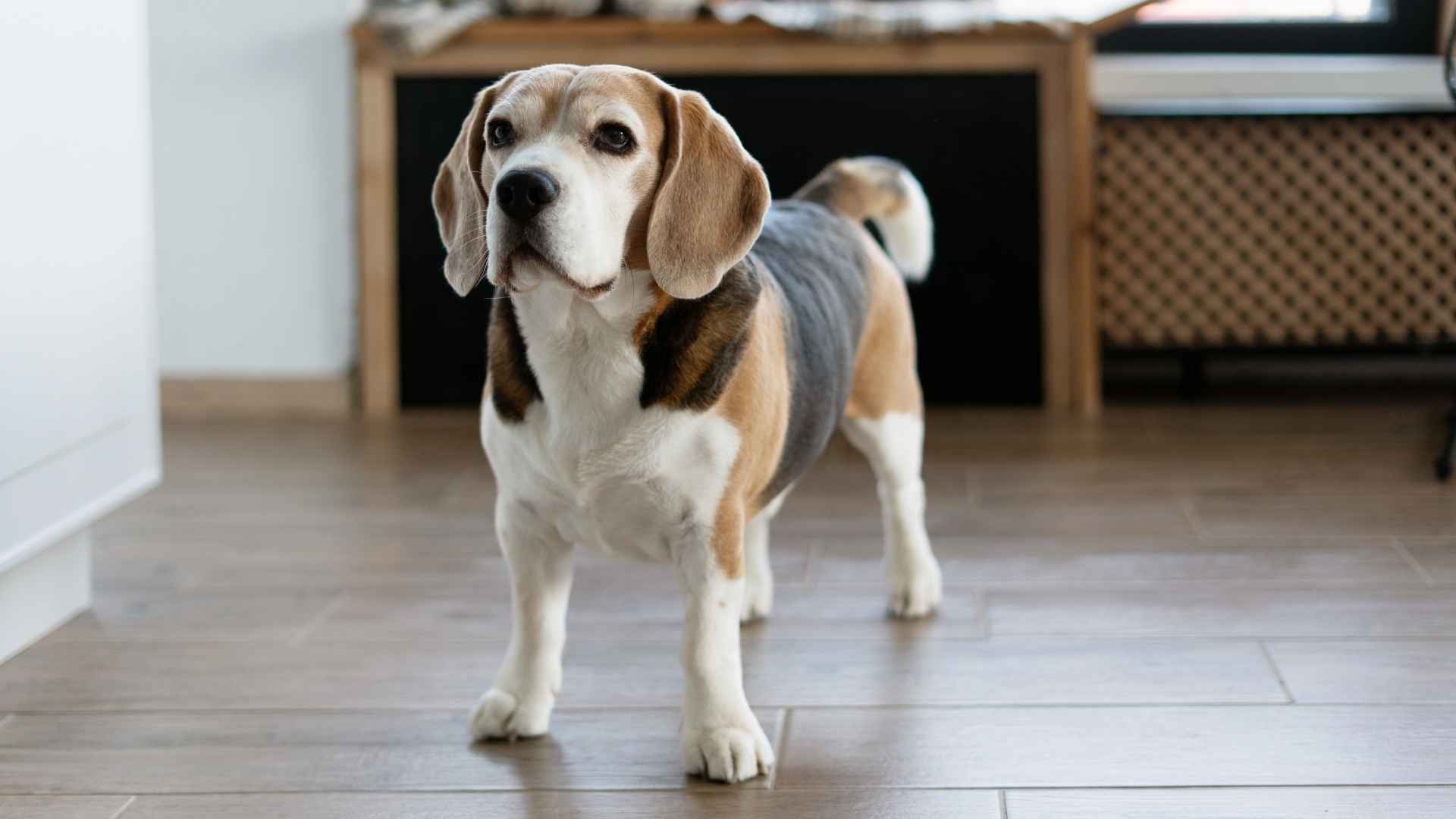In modern homes, the kitchen is often the heart of daily life, where family meals are prepared, conversations flow, and countless appliances hum with activity. Yet, this busy environment also makes kitchens one of the most common sources of accidental fires, from overheated cookware to malfunctioning devices.
While smoke alarms are essential for safety, they are not always the first to detect the faintest traces of fire or burning odors. Enter man’s best friend. For centuries, certain dog breeds have demonstrated an uncanny ability to pick up scents long before humans or technology ever could, including the early, subtle smell of fire or smoke. Harnessing this remarkable skill isn’t just fascinating; it can be lifesaving.
In this article, we explore seven dog breeds whose heightened olfactory senses make them stand out in detecting fire smells early in kitchens, examining what sets them apart, and how their instincts have been shaped for such crucial roles.
Dog Breeds That Sense Fire Smell Early In Kitchens
1. Beagle

Beagles possess a world-renowned sense of smell, thanks to an extraordinary number of scent receptors. This allows them to notice subtle kitchen changes, sometimes before humans are aware.
These dogs are highly vocal when they detect something odd, quickly alerting their families with barks or distinctive bays. Owners often learn to recognize their Beagle’s sudden interest in a particular spot.
Natural curiosity leads Beagles into every nook and cranny, including areas behind kitchen appliances and under tables. Their compact size makes exploration easy, and nothing escapes their attention.
Playfulness is a core trait, and Beagles thrive on interactive activities that challenge their minds. Their love for problem-solving makes them entertaining companions in busy homes.
Food motivation is strong in this breed, and they are experts at seeking out hidden snacks or treats. Owners need to be vigilant about storing food securely to prevent sneaky foraging.
Quick Tips for Kitchen Safety
Store trash and pantry items out of reach to deter scent-driven scavenging.
Use consistent training cues to reinforce safe, calm behavior in busy kitchen spaces.
2. German Shorthaired Pointer
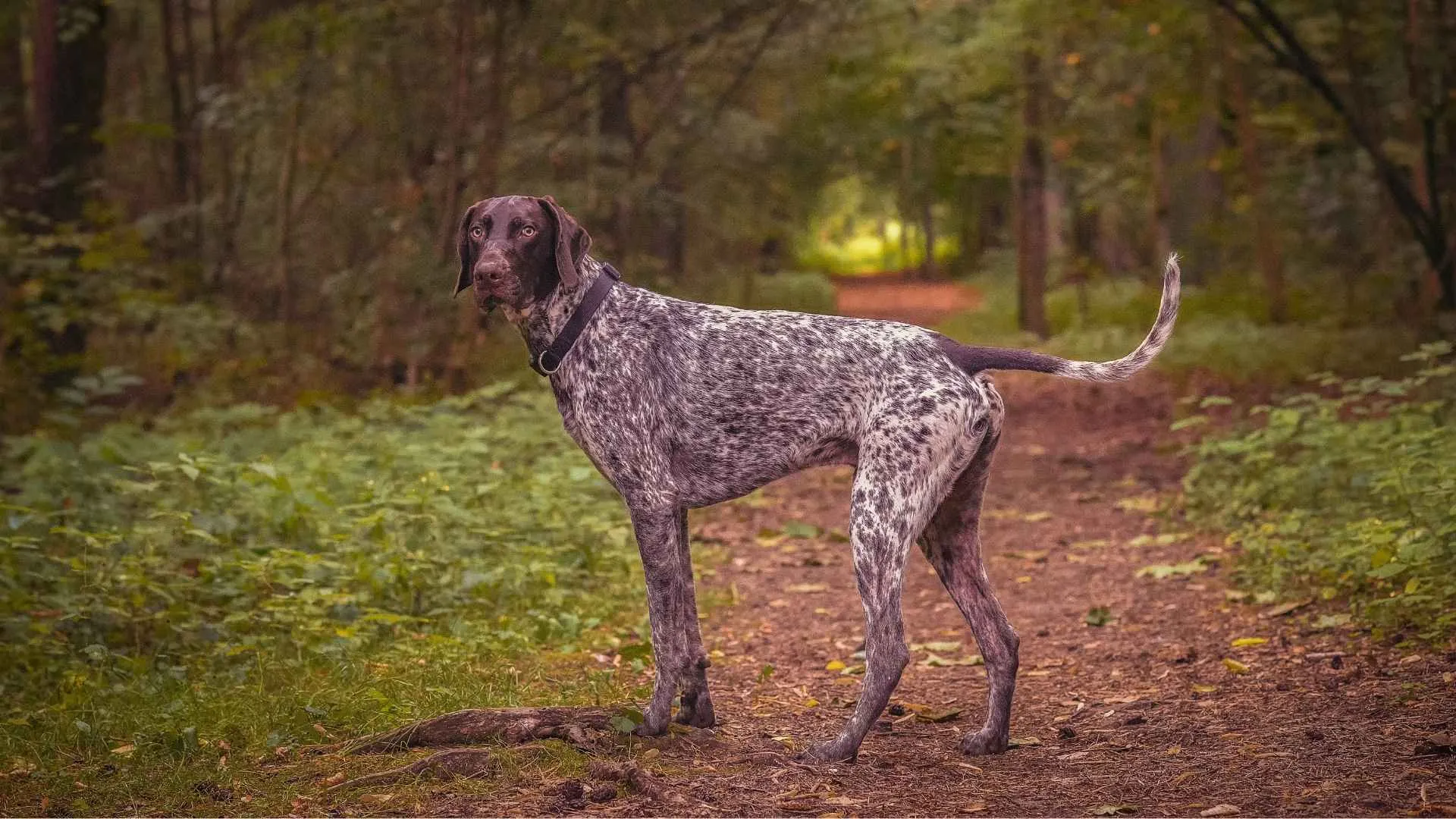
German Shorthaired Pointers excel at detecting subtle changes in their surroundings, often using both scent and visual cues to investigate new situations. Kitchen environments with a mix of aromas present an ongoing puzzle for this breed.
Purina states that agility and high energy levels make these dogs natural explorers, easily weaving through crowded spaces or navigating around obstacles. Pointers are known to investigate high shelves and counters with equal enthusiasm.
Intelligence and trainability stand out in this breed, as they learn household routines quickly. Many owners introduce enrichment toys and scent games to satisfy their Pointer’s active mind.
Their background in hunting gives them an alert, attentive presence that’s hard to miss. They often “point” or gesture toward anything out of the ordinary, even during daily family activities.
Companionship is important to German Shorthaired Pointers, and they often form close bonds with household members. Their loyalty and quick response make them dependable partners in any busy setting.
Quick Tips for Kitchen Safety
Establish clear kitchen boundaries to limit curiosity-driven messes.
Incorporate scent-free puzzle toys to redirect investigative energy away from food prep areas.
3. English Springer Spaniel
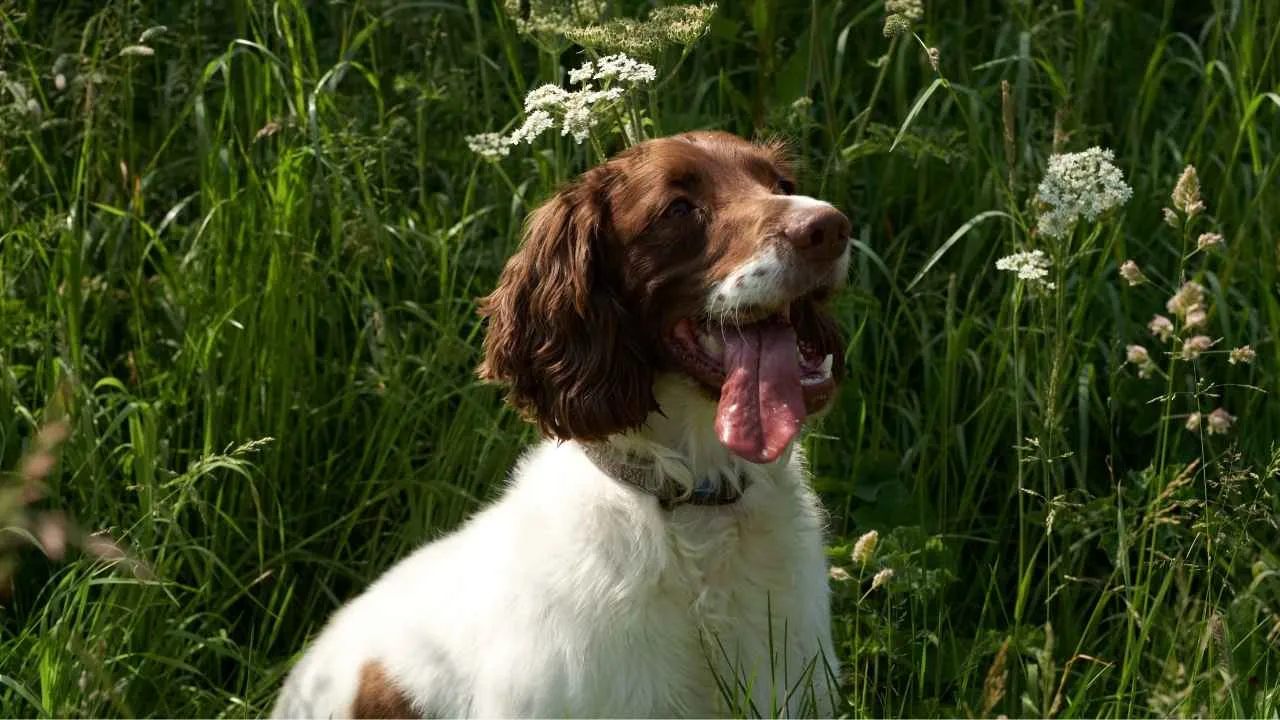
A keen nose and a strong desire to please make the English Springer Spaniel a natural at noticing the first hint of a new smell in any room. Kitchens, filled with changing aromas, are especially intriguing for this breed.
Springer Spaniels are highly social, following family members from room to room and often settling in the heart of household activity. Their gentle, affectionate nature makes them favorites with children and guests.
Active and playful, these dogs need daily mental and physical challenges to stay content. Interactive games and toys help channel their enthusiasm in positive ways.

Adaptability is a hallmark of the breed; Springers are comfortable in both lively homes and quieter settings. They are quick to adjust to new routines and thrive on attention from their people.
Problem-solving skills come naturally to Springers, as they combine curiosity with a knack for finding creative solutions. They enjoy tasks that require both movement and focus.
Quick Tips for Kitchen Safety
Offer frequent, supervised play sessions to keep them engaged outside the kitchen.
Train for calm behavior around hot appliances to ensure safe family meal prep.
4. Basset Hound

A Basset Hound’s sense of smell is second only to the Bloodhound, with long ears and loose skin that help capture and channel scent particles toward their nose. Their ability to detect faint traces in layered kitchen environments is legendary among scent hounds.
This breed is famously stubborn, often using its keen nose as an excuse to follow a trail wherever it leads—even if that means squeezing behind kitchen furniture or under tables. Owners often see a Basset Hound investigating the same spot repeatedly, driven by curiosity and determination.
Short legs don’t slow them down when something catches their interest. Bassets are surprisingly agile at ground level, thoroughly exploring every inch of floor space in pursuit of intriguing discoveries.
Gentle and laid-back, Basset Hounds bring a calm presence to busy households. Their mellow temperament makes them suitable for families, though their persistence around food calls for patience.
The breed’s deep, mournful voice is unmistakable, and they’re not shy about making noise if something seems off. Frequent vocalizations can alert owners to hidden issues that might otherwise go unnoticed.
Quick Tips for Kitchen Safety
Keep dropped food quickly cleaned up to avoid attracting a Basset’s nose to potential hazards.
Use baby gates or barriers to restrict access during cooking sessions.
5. German Shepherd
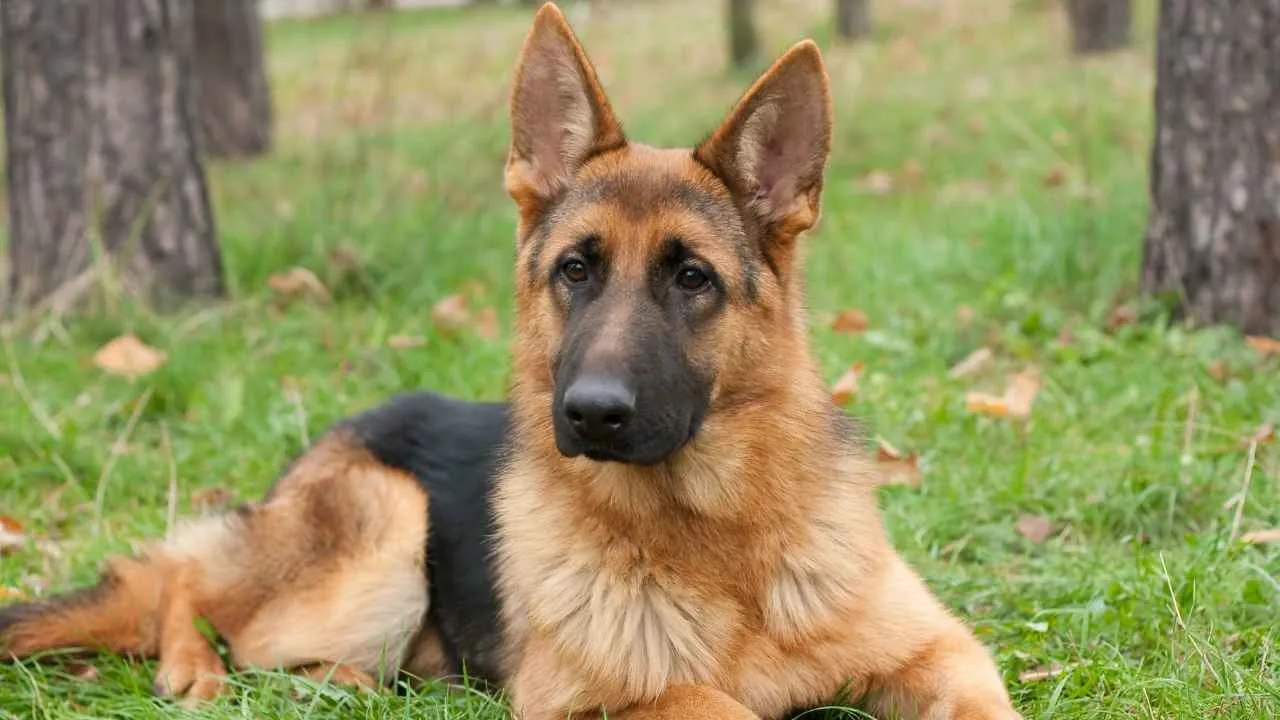
German Shepherds are well-known for their sharp intellect and remarkable olfactory abilities, making them a frequent choice for professional detection work. Their capacity to pick up on subtle changes in scent helps them excel in environments where attention to detail matters.
Their trainability stands out, and they often thrive on tasks that require problem-solving and precision. Many German Shepherds enjoy scent-based games, which can be easily adapted for the home environment.
This breed is both energetic and watchful, staying alert to activity throughout the household. Their protective nature keeps them engaged with family routines and responsive to any shifts in the daily flow.
Confidence and loyalty are defining traits. PetMD states that German Shepherds develop strong bonds with their families and are motivated by both praise and structured activity.

Their physical agility means they navigate kitchen spaces with ease, often choosing to position themselves where they can observe everything. Movement around counters and appliances is natural for them, especially when curious about household happenings.
Quick Tips for Kitchen Safety
Teach impulse control and boundaries to minimize counter surfing or sudden dashes into the kitchen.
Provide mental stimulation outside the kitchen to redirect excess energy and curiosity.
6. Bloodhound
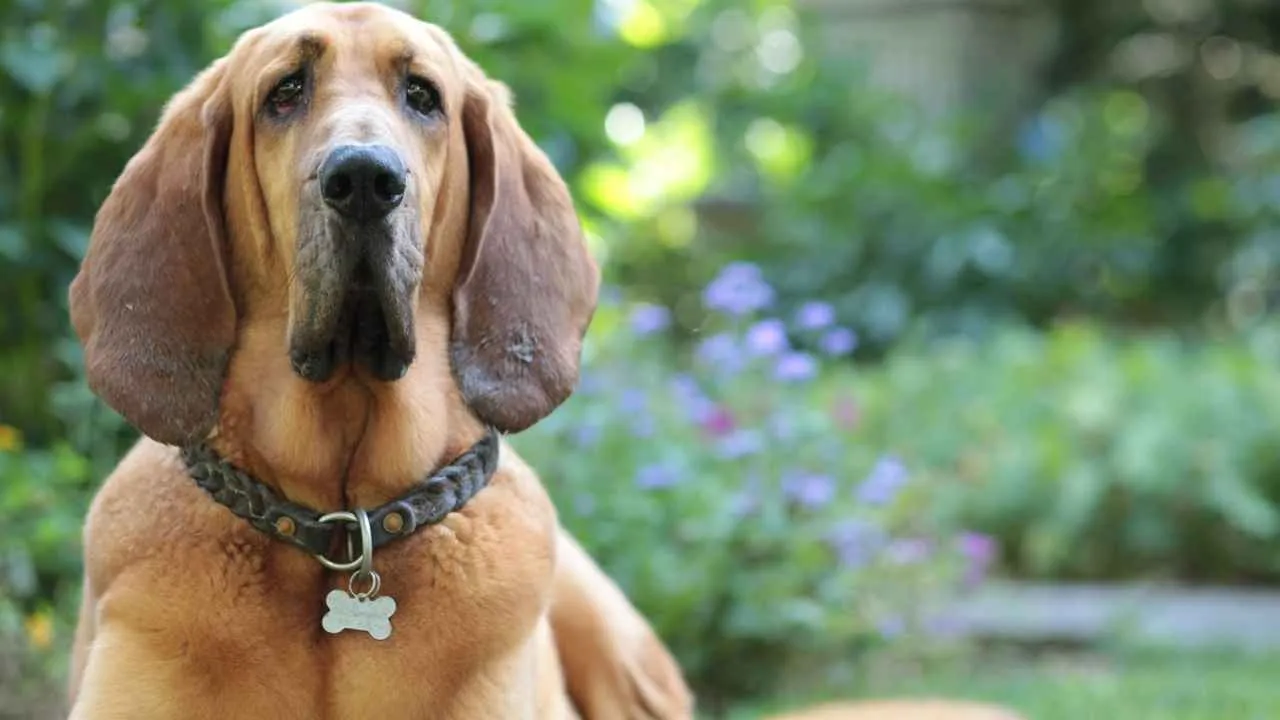
Bloodhounds have the most celebrated sense of smell in the canine world, with up to 300 million scent receptors and an unmatched ability to distinguish layered odors. Their nose is so sensitive that it’s been used in everything from search and rescue to forensic investigations.
Large, droopy ears and loose skin help trap and funnel scent toward the nose, enhancing their effectiveness in following even the faintest trails. Bloodhounds use this natural equipment whether on the trail outside or investigating mysterious kitchen scents.
This breed is known for its independence, sometimes following its nose with little regard for commands or boundaries. Owners notice their Bloodhound’s tendency to become singularly focused on tracking down a scent.
Affectionate and gentle, Bloodhounds are good with families but require thoughtful supervision due to their size and curiosity. Regular, structured activity helps keep them mentally and physically balanced.
Stamina is a hallmark, as Bloodhounds are relentless in their pursuits and capable of sustained effort over long periods. This persistence makes them especially adept at investigating complex spaces.
Quick Tips for Kitchen Safety
Clear floor areas frequently to prevent ingestion of unsafe items discovered during scent-driven searches.
Use positive reinforcement to teach “leave it” commands for kitchen safety.
7. Belgian Malinois
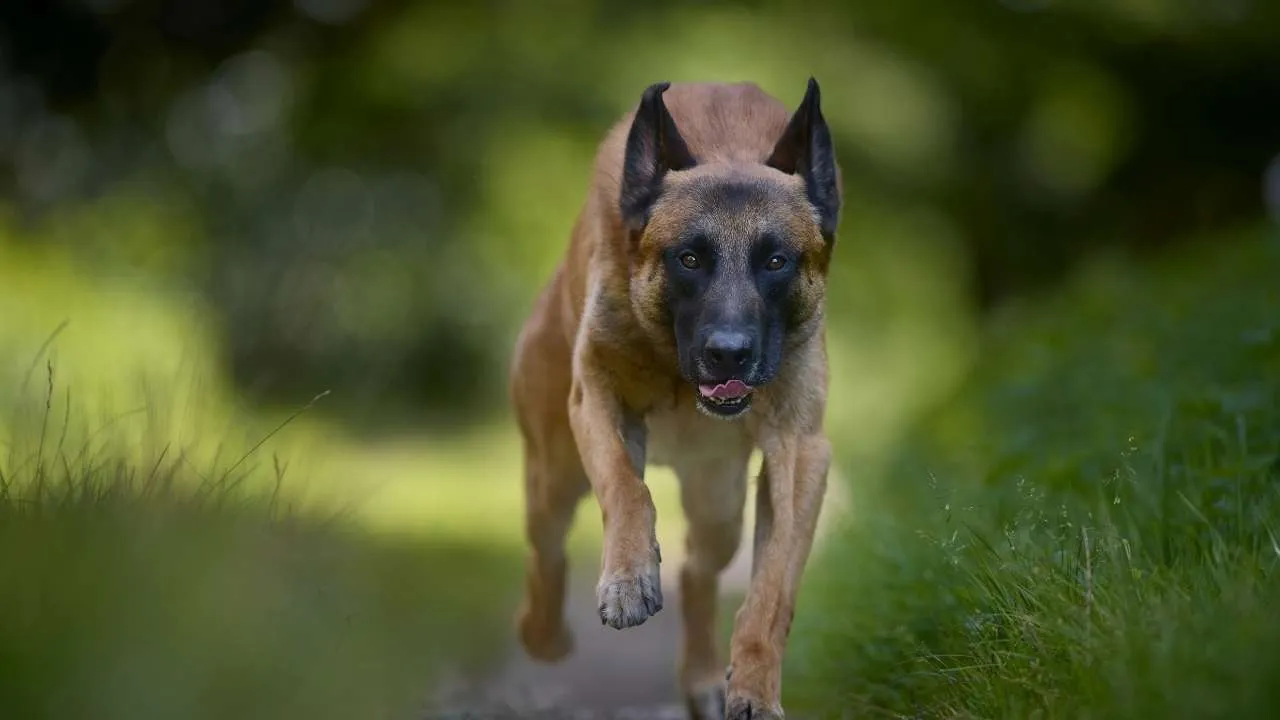
Belgian Malinois are recognized for their sharp, discerning noses, frequently used in search, detection, and specialized service roles. Their ability to detect a wide variety of scents has made them invaluable in tasks ranging from medical detection to security.
Highly driven and energetic, this breed thrives on activity and is always eager for a challenge. Malinois are quick to investigate new stimuli, adapting rapidly to changes in the home environment.
Intelligence and responsiveness make them easy to train, especially for structured scent work and obedience. These dogs enjoy having jobs to do and excel when given clear, purposeful tasks.
Their alert, watchful demeanor means they rarely miss anything that happens in their space. Owners often see them observing from vantage points where they can keep an eye on both people and activities.
Strong athleticism allows the Malinois to move easily in and out of tight or elevated areas. Their agility and speed are assets, but supervision is necessary to keep them safe in busy kitchens.
Quick Tips for Kitchen Safety
Offer regular scent-based enrichment activities outside the kitchen to satisfy curiosity and drive.
Set up clear, consistent kitchen boundaries to prevent accidents during meal prep.
Conclusion
The dogs highlighted here, many of them originally bred for keen tracking or scent detection, demonstrate just how remarkable canine abilities can be within the home. Whether you’re caring for a pet with a lush, full coat or welcoming playful puppies, these animals enrich our lives in countless ways. From the gentle sweep of a tail across the kitchen floor to the comforting softness of fur beneath your hand, their presence adds warmth to any house.
For these breeds, sniffing the changing air isn’t just instinct—it’s a job they truly love. Companies and trainers alike have long harnessed their talents, but every pet owner can appreciate a dog’s vigilance when it comes to kitchen safety or exploring the world one scent at a time. As your dog grows with age, their loyalty remains steady, whether they’re curled up after a meal or alert to new happenings as you eat together.
No matter their coat type, role, or lineage, these companions remind us daily of the deep bond between people and animals—one that’s fostered in every room, with every wagging tail and inquisitive nose.


